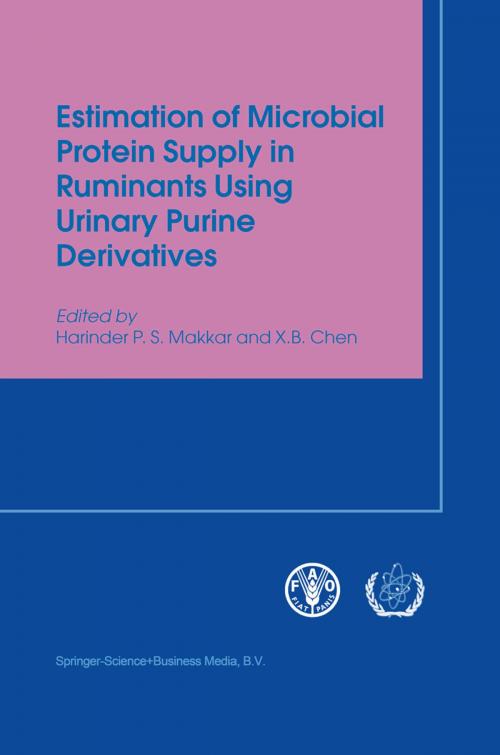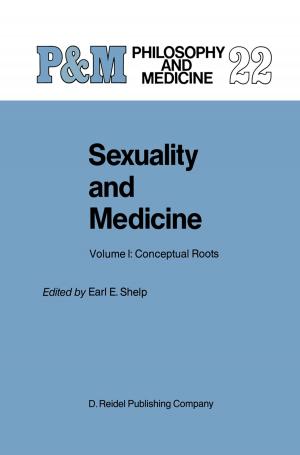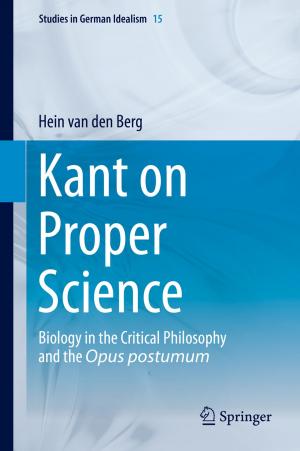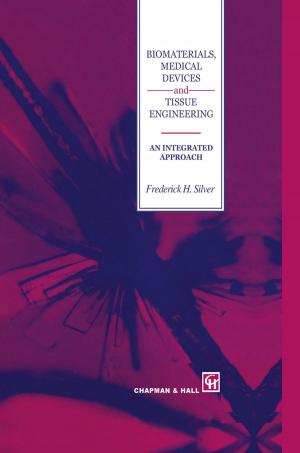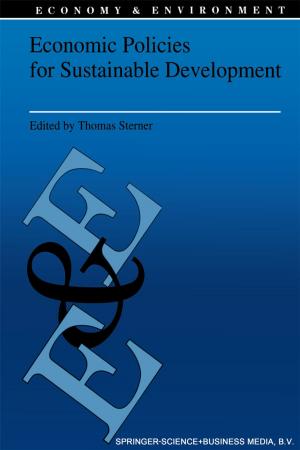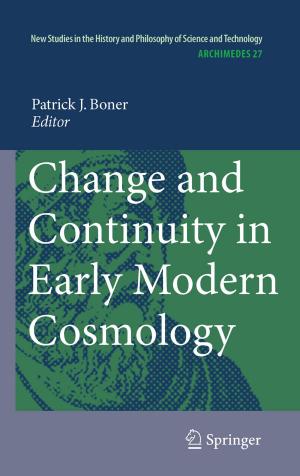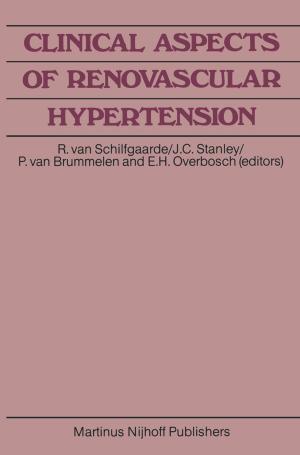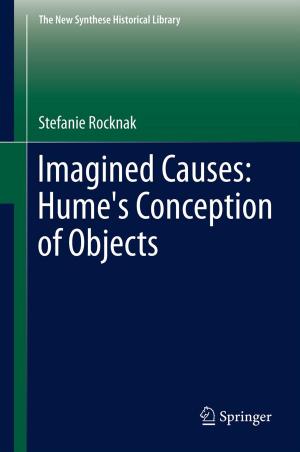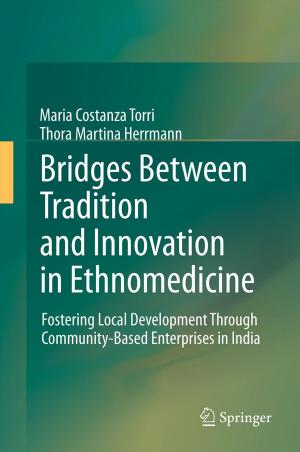Estimation of Microbial Protein Supply in Ruminants Using Urinary Purine Derivatives
Nonfiction, Science & Nature, Science, Biological Sciences| Author: | ISBN: | 9781402028441 | |
| Publisher: | Springer Netherlands | Publication: | June 5, 2013 |
| Imprint: | Springer | Language: | English |
| Author: | |
| ISBN: | 9781402028441 |
| Publisher: | Springer Netherlands |
| Publication: | June 5, 2013 |
| Imprint: | Springer |
| Language: | English |
The Joint FAO/IAEA Division of Nuclear Techniques in Food and Agriculture has a long history of coordinating isotope aided research projects for improving animal productivity in developing countries. These projects have focused on enhancing the efficiency of animal production through better use of locally available feed resources and those that do not compete with human food. As a part of these efforts, the Joint Division has been actively involved in developing and simplifying approaches for measuring microbial protein supply to ruminant livestock. The contribution of microbial protein in meeting the overall requirement for protein in ruminants is significant, but understanding the contribution of microbial protein to the nutrition of ruminant livestock has been hampered by the lack of simple and accurate methods for measuring microbial protein production in vivo. A Consultants’ Meeting was held in 1995 in Vienna to explore the feasibility of using nuclear and related techniques to develop and validate new approaches for measuring microbial protein supply in ruminant animals. Based on the available information, the consultants considered that the purine derivative excretion method, which is non-invasive and both simple to use and inexpensive compared with other available methods, had the potential for use in developing countries. However, development of models for various animal species and breeds and their validation were required before this technique could be advocated for use.
The Joint FAO/IAEA Division of Nuclear Techniques in Food and Agriculture has a long history of coordinating isotope aided research projects for improving animal productivity in developing countries. These projects have focused on enhancing the efficiency of animal production through better use of locally available feed resources and those that do not compete with human food. As a part of these efforts, the Joint Division has been actively involved in developing and simplifying approaches for measuring microbial protein supply to ruminant livestock. The contribution of microbial protein in meeting the overall requirement for protein in ruminants is significant, but understanding the contribution of microbial protein to the nutrition of ruminant livestock has been hampered by the lack of simple and accurate methods for measuring microbial protein production in vivo. A Consultants’ Meeting was held in 1995 in Vienna to explore the feasibility of using nuclear and related techniques to develop and validate new approaches for measuring microbial protein supply in ruminant animals. Based on the available information, the consultants considered that the purine derivative excretion method, which is non-invasive and both simple to use and inexpensive compared with other available methods, had the potential for use in developing countries. However, development of models for various animal species and breeds and their validation were required before this technique could be advocated for use.
